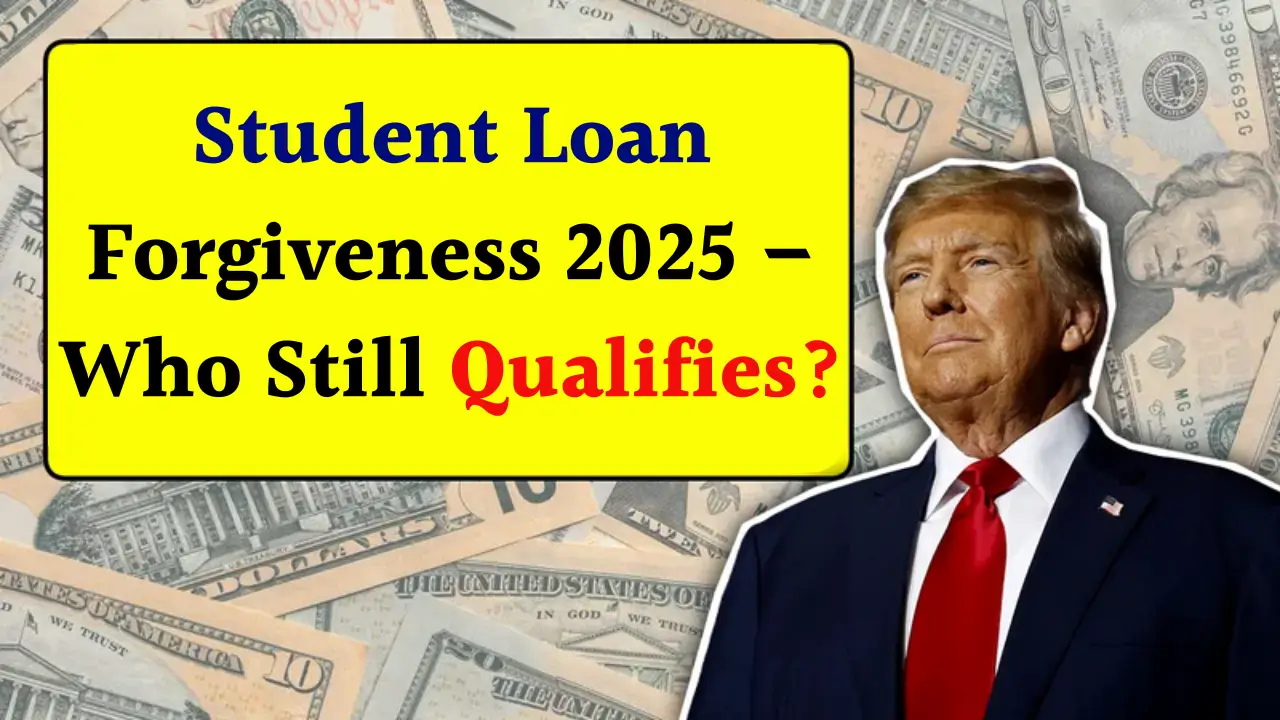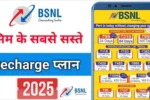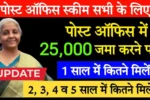Student loan forgiveness in 2025 continues to offer relief to many borrowers in the United States, though the eligibility criteria and program details have evolved over time. In 2025, federal programs remain the primary avenues for loan forgiveness, targeting borrowers in public service, those enrolled in income-driven repayment plans, teachers, and certain other categories. Understanding who still qualifies and under what conditions is crucial to maximizing the benefits of these programs.
This article provides a comprehensive overview of student loan forgiveness in 2025, eligibility requirements, application processes, and key updates.
What Is Student Loan Forgiveness?
Student loan forgiveness means the cancellation of some or all of a federal student loan balance. Borrowers who meet certain qualifications no longer need to repay the forgiven amount. Forgiveness programs usually focus on federal loans and emphasize specific repayment plans, public service work, disability status, or other factors. Forgiveness often requires regular qualifying payments over many years or consistent service in particular jobs.
In 2025, forgiveness is primarily available through federal student loan programs, with private loans rarely qualifying except under very limited circumstances such as permanent disability or death. Forgiveness must be applied for, and thoroughly meeting all eligibility requirements is essential.
Key Student Loan Forgiveness Programs in 2025
Public Service Loan Forgiveness (PSLF)
The Public Service Loan Forgiveness program remains one of the most popular forgiveness paths. It is designed for borrowers with Direct Loans who work full-time in qualifying public service jobs such as government agencies, nonprofits, and certain other qualifying employers. To qualify, borrowers must:
- Work full-time for a qualifying employer
- Make 120 qualifying monthly payments under an income-driven repayment plan or the standard plan (equivalent to 10 years)
- Submit annual Employment Certification Forms
Once these requirements are met, the remaining loan balance is forgiven tax-free. Borrowers whose loans are not Direct Loans must consolidate them into Direct Loans by a certain deadline to qualify.
Income-Driven Repayment (IDR) Plan Forgiveness
Income-driven repayment plans adjust monthly payments according to income and family size to make repayment more affordable. The main IDR plans are Income-Based Repayment (IBR), Pay As You Earn (PAYE), and Income-Contingent Repayment (ICR). Forgiveness occurs after 20 or 25 years of qualifying payments, depending on the plan and loan type.
Key features include:
- Payments capped at 10% or 15% of discretionary income
- Recertification of income and family size every year to maintain eligibility
- Forgiveness of remaining balance after a long-term payment period (20-25 years)
- Limited eligibility for Parent PLUS Loans unless consolidated
Teacher Loan Forgiveness
Teachers who work full-time for five consecutive years in low-income schools or educational service agencies may qualify. Forgiveness amounts can be:
- Up to $17,500 for math, science, and special education teachers
- Up to $5,000 for other teachers
This program does not overlap with PSLF, so borrowers should consider which program better suits their situation.
Total and Permanent Disability Discharge
Borrowers who are totally and permanently disabled may qualify for a discharge of their federal student loans. Documentation from a physician or the Social Security Administration is required.
Who Still Qualifies for Student Loan Forgiveness in 2025?
The following categories of borrowers generally qualify:
| Qualifying Category | Eligibility Criteria | Forgiveness Terms |
|---|---|---|
| Public Service Workers | Full-time employment at government or non-profit employers; 120 qualifying monthly payments | Remaining balance forgiven after 10 years |
| Income-Driven Repayment Borrowers | Enrolled in IBR, PAYE, ICR; 20 or 25 years of qualifying payments | Remaining balance forgiven after repayment period |
| Teachers | Full-time teaching in low-income schools for 5 consecutive years | Up to $17,500 or $5,000 depending on subject |
| Totally and Permanently Disabled Borrowers | Verified permanent disability | Loan discharged entirely |
| Perkins Loan Holders (Public Service) | Work in qualifying public service jobs like teaching, nursing, law enforcement | Up to 100% loan cancellation |
Borrowers with private student loans generally do not qualify for federal forgiveness programs.
Recent and Important Updates for 2025
- The U.S. Department of Education has extended deadlines for consolidating certain loans (e.g., FFEL and Perkins loans) into Direct Loans to qualify for forgiveness programs.
- Some income-driven plans like the Saving on a Valuable Education (SAVE) plan faced legal challenges; borrowers are advised to stay in contact with their loan servicer.
- The Biden administration continues to support PSLF with efforts to streamline the application and approval process.
- Forgiveness under federal programs remains tax-free at the federal level through 2025.
- Borrowers should submit forms annually and keep meticulous records of qualifying payments and employment certifications.
How to Apply for Student Loan Forgiveness in 2025
- Confirm eligibility by reviewing your loan type and employment status.
- For PSLF, submit the Employment Certification Form annually via the official federal student aid platform.
- Enroll and recertify regularly for income-driven repayment plans.
- Submit forgiveness applications when the qualifying payment period or service duration is met.
- Consider loan consolidation if necessary and before deadlines.
- Keep detailed records and follow up consistently with your loan servicer.
Frequently Asked Questions (FAQs)
Q1: Who qualifies for Public Service Loan Forgiveness in 2025?
A1: Borrowers with Direct Loans who have made 120 qualifying payments while working full-time for qualifying government or nonprofit employers qualify for PSLF.
Q2: How long do I need to make payments under an income-driven plan to get forgiveness?
A2: Usually 20 years if the loans were taken after July 1, 2014, or 25 years for older loans, depending on the specific IDR plan.
Q3: Can private student loans be forgiven under federal programs?
A3: No, federal forgiveness programs generally only apply to federal student loans, not private loans.
Q4: Is student loan forgiveness taxable income in 2025?
A4: Forgiveness under federal programs remains tax-free at the federal level for the year 2025.
Q5: What should I do if I have older federal loans like FFEL or Perkins?
A5: Consider consolidating those loans into a Direct Loan by the government’s deadline to qualify for forgiveness programs like PSLF and IDR plan forgiveness.
This article helps borrowers understand who qualifies for student loan forgiveness in 2025 and guides them through the process to potentially reduce or eliminate their federal student loan debt. Staying proactive and informed is key to benefiting from these programs.
Conclusion
Student loan forgiveness in 2025 remains a vital opportunity for many federal borrowers, especially those in public service employment, income-driven repayment plans, and specific professions like teaching. To benefit fully, borrowers must understand the qualifications, maintain eligibility, and actively manage the application process. Staying informed about program updates and deadlines is essential to maximize loan forgiveness potential while avoiding missed opportunities.






